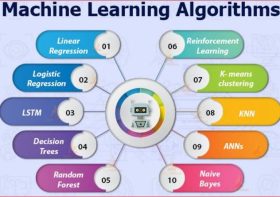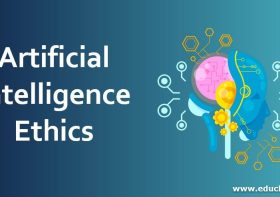Exploring Deep Learning: Applications and Challenges

Deep learning, a subset of artificial intelligence (AI), has revolutionized the tech industry in recent years. It mimics the way the human brain works by processing data through artificial neural networks. These networks can analyze vast amounts of complex data to identify patterns and make decisions without human intervention. As a result, deep learning has found numerous applications across various sectors, from healthcare and finance to marketing and autonomous vehicles.
Applications of Deep Learning
One of the most prominent applications of deep learning is in image and speech recognition. Companies like Google and Facebook use deep learning algorithms to accurately identify objects in images and transcribe speech with high accuracy. This technology has also been leveraged in healthcare for diagnosing diseases from medical images and predicting patient outcomes.
Deep learning is also used in natural language processing (NLP) applications, such as chatbots and language translation services. These tools have become essential for businesses to provide customer support and reach a global audience effectively. Additionally, deep learning is crucial in the financial sector for fraud detection, algorithmic trading, and risk assessment.
Challenges of Deep Learning
Despite its vast potential, deep learning comes with its fair share of challenges. One of the biggest challenges is the need for massive amounts of data to train deep learning models effectively. Data collection, cleaning, and labeling can be time-consuming and expensive, especially for niche applications with limited data availability.
Another challenge is the interpretability of deep learning models. Neural networks are often perceived as “black boxes” because it’s challenging to understand how they reach specific decisions. This lack of transparency can be a significant hurdle in industries like healthcare and finance, where decision-making processes must be explainable and trustworthy.
The Future of Deep Learning
Despite the challenges, the future of deep learning looks promising. Researchers are constantly working to overcome limitations in data availability and model interpretability. New techniques, such as transfer learning and reinforcement learning, are being developed to make deep learning more accessible and efficient for various applications.
As deep learning continues to evolve, we can expect to see even more innovative solutions to complex problems in the tech industry. From personalized recommendation systems to self-driving cars, the possibilities are endless with deep learning technology.
Conclusion
Deep learning has transformed the tech industry with its unparalleled ability to process and analyze complex data. Its applications range from image recognition to financial analysis and have the potential to revolutionize numerous sectors. However, challenges like data availability and model interpretability must be addressed to fully unleash the power of deep learning technology. As researchers continue to push the boundaries of AI, we can look forward to a future where deep learning plays a central role in shaping the world around us.
Are you ready to explore the world of deep learning and unlock its full potential?


